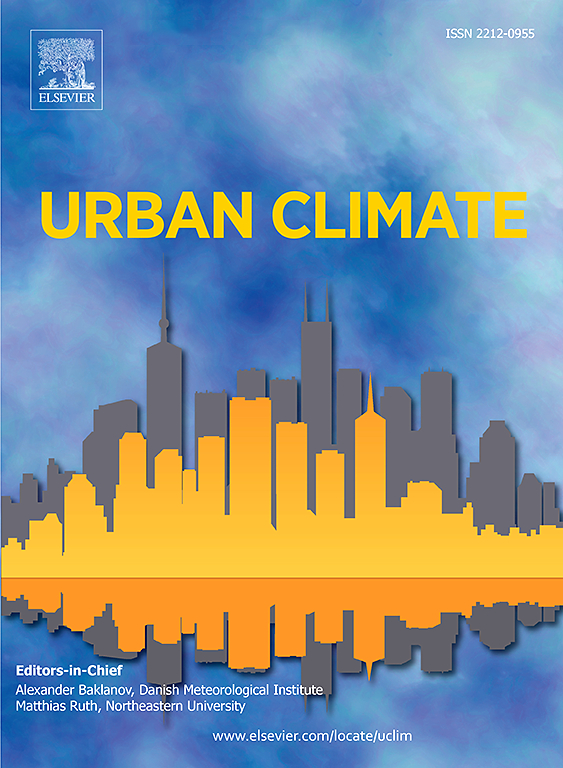Evaluation of low-temperature-related net mortality in southern urban China during the central-heating period in northern urban China
IF 6.9
2区 工程技术
Q1 ENVIRONMENTAL SCIENCES
引用次数: 0
Abstract
Low-temperature-related mortality risk is lower in northern China than in southern China owing to the winter central-heating policy. However, excess net mortality in southern China during the central-heating period remains uncertain. Daily all-cause and cause-specific mortality data were collected from 7,439,777 individuals in 179 rural and 121 urban areas between 2017 and 2021, ranging from the coldest to the hottest regions in China. A distributed lag non-linear model, meta-regression, and difference-in-differences method were used to analyze the data. The results showed that the attributable fraction of low temperature was similar in the non-central-heating period in northern and southern urban areas of China [North: 3.16 % (2.44 %–3.79 %), South: 3.05 % (2.28 %–3.82 %)] but different in the central-heating period [North: 5.56 % (4.33–6.68 %), South: 10.79 % (9.70–11.90 %)]. Of the total deaths in southern urban areas, 5.34 % could be attributed to a lack of central heating. People who live in the Middle Yangtze Plain, aged 80 years or more, and have cardiovascular disease, have a higher excess mortality risk. Heating infrastructure should be gradually developed in the southern China to mitigate the adverse effects of low temperatures in a future aging society.
中国北方城市集中供暖期间南方城市低温相关净死亡率评估
由于冬季集中供暖政策,中国北方与低温相关的死亡风险低于南方。然而,中国南方在集中供暖期间的超额净死亡率仍不确定。从2017年至2021年,从中国最冷到最热的地区,从179个农村和121个城市地区收集了7,439,777人的每日全因死亡率和原因特异性死亡率数据。采用分布滞后非线性模型、元回归和差中差法对数据进行分析。结果表明:中国南北城区非集中供暖期低温归因率相似[北方:3.16%(2.44% ~ 3.79%),南方:3.05%(2.28% ~ 3.82%)],而集中供暖期低温归因率不同[北方:5.56%(4.33 ~ 6.68%),南方:10.79%(9.70 ~ 11.90%)]。在南部城市地区的总死亡人数中,5.34%可归因于缺乏集中供暖。居住在长江中平原地区、年龄在80岁及以上且患有心血管疾病的人群,其超额死亡风险较高。中国南方应逐步发展供暖基础设施,以减轻低温对未来老龄化社会的不利影响。
本文章由计算机程序翻译,如有差异,请以英文原文为准。
求助全文
约1分钟内获得全文
求助全文
来源期刊

Urban Climate
Social Sciences-Urban Studies
CiteScore
9.70
自引率
9.40%
发文量
286
期刊介绍:
Urban Climate serves the scientific and decision making communities with the publication of research on theory, science and applications relevant to understanding urban climatic conditions and change in relation to their geography and to demographic, socioeconomic, institutional, technological and environmental dynamics and global change. Targeted towards both disciplinary and interdisciplinary audiences, this journal publishes original research papers, comprehensive review articles, book reviews, and short communications on topics including, but not limited to, the following:
Urban meteorology and climate[...]
Urban environmental pollution[...]
Adaptation to global change[...]
Urban economic and social issues[...]
Research Approaches[...]
 求助内容:
求助内容: 应助结果提醒方式:
应助结果提醒方式:


